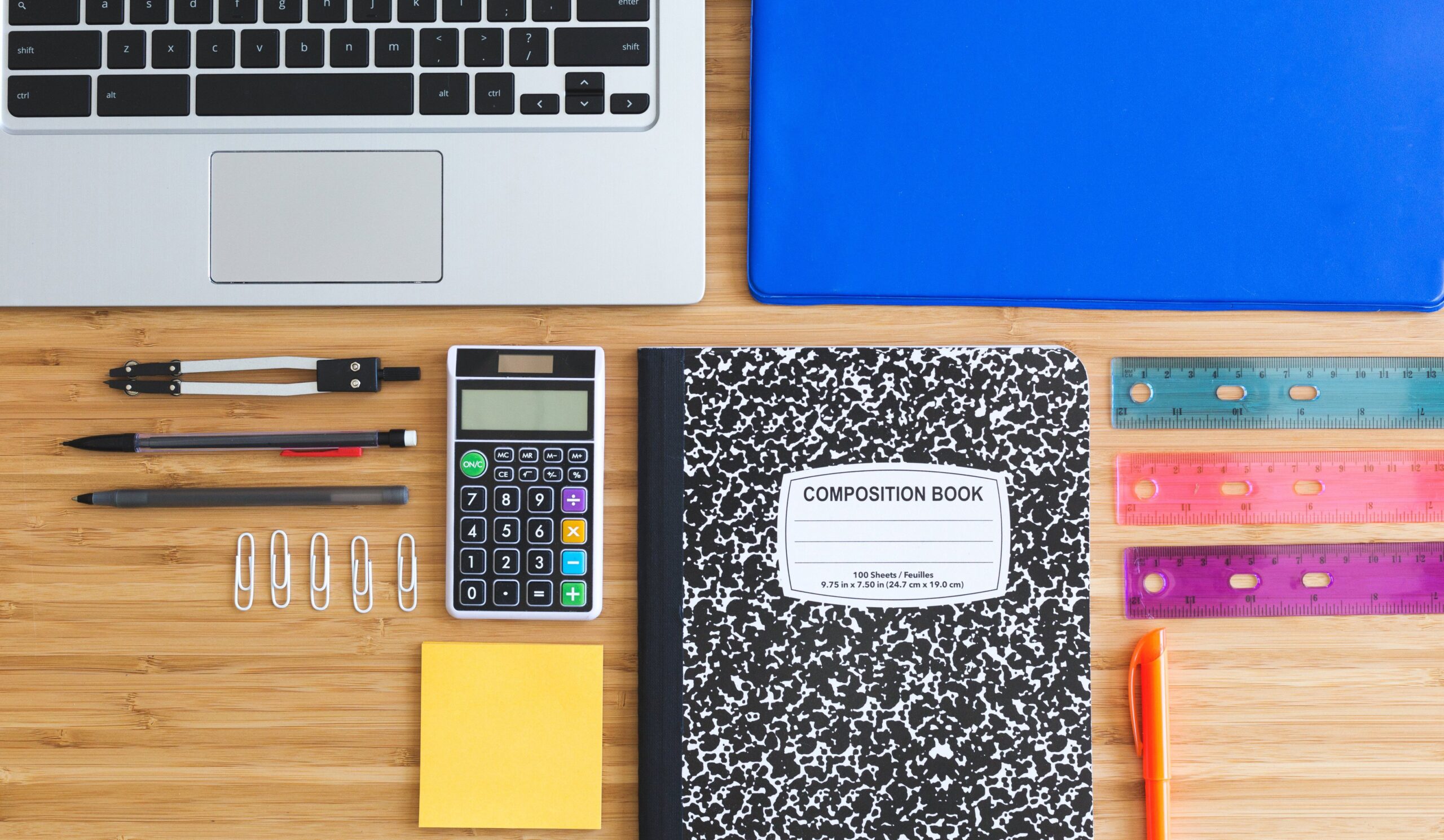As I work with teachers on project-based learning (PBL) in schools across the country, two common questions I often get are: “How do I even know where to start with a project?” and “Where do I look for project ideas?” While this first step may feel like an overwhelming hurdle for some, I actually believe it can be a liberating and exciting process.
Read on for three simple steps to help you come up with a project idea.
Start with Big Ideas
Power standards (typically the standards that are in bold, that have smaller sub-standards underneath them) provide what I call “umbrella topics,” and are your starting point for project ideation. From these standards, you’re able to develop an Enduring Understanding (EU), which I walked you through in the first post of this series. While it can be a little messy, the first step of project brainstorming is to lay out all your pacing forms and teaching guides in front of you, roll up your sleeves, and get ready to dive into making connections between the big ideas outlined in these power-standards-driven resources.

Now that you’re in the mess of the storming process, give yourself a little direction and look to your “driver standards” for PBL, which are either social studies or science standards. These two content areas more easily lend themselves to bigger ideas, to which ELA, math, and any other content area can serve as support.

As you lay out all your standards, some of these big ideas will feel more familiar and comfortable to you. However, I encourage you to think about the concepts and topics that may be of more interest to your students or that have the most connection to something going on around you. This becomes the bedrock of authenticity in project design.
Build the Foundation for Quality PBL: Authenticity
The first steps in project planning are critical, in that they ensure “the bones” are there for a high-quality project. Once you’ve identified the driving and power standards you want to focus on, you’ll need to craft your EU. In order to do this, ask yourself the following questions, in this order:
Why do my students NEED to know this?
How does this relate to an issue or problem in our community (local or global, depending on the age of your students)?
Why would my students care about this? How does it relate to them?
Watch this video to see how a project can lend itself to authenticity.

VIDEO: The Building Blocks of Project-Based Learning
Often times, this becomes an early sticking point because the driving standard may not have an easy to see real world connection or a hook for student interest. If you’re hitting a wall, you don’t have to marry an idea — you’re just dating in this storming process! Ditch it and go on to the next idea to throw up on the wall. Doing this non-committal type of brainstorming will ensure that in the early stages of “dating,” you’re sure to set yourself up for an authentic project that has the foundation for a quality project.
Explore Possibilities for Final Products and Experiences
By now, you’ve identified the power standards you want to cover and you’ve developed an authentic EU for student learning. The next step is to continue brainstorming ideas for final products and exhibition experiences. Coming back to Understanding by Design, you want to keep the end in mind:
What will students ultimately do, create, and share?
What student product can showcase content mastery and skill development?
Need ideas? Check out this resource to help you with final product ideas.

As you explore final product possibilities, you’ll also want to consider an audience for student work.
Who would benefit from hearing what students have learned at the conclusion of a project?
Who could add value to student learning during the process of working on the project?
Even when you come up with an exciting idea, you may still get stuck at this point — there might not be an authentic audience that’s outside the walls of your classroom. I encourage you to keep digging deep in the storming process to come up with a project idea that is both content and process rich, but also one that authentically engages students in the real world. By interacting with community members on the problem or issue you’ve identified in step two, you can truly make learning meaningful and long-lasting.
Next Steps
With your project brainstorm mostly complete, now is a good time to get some feedback on your initial ideas before building out your project too far. One way you can do that is through a Critical Friends Protocol with your colleagues, or maybe even your students!






